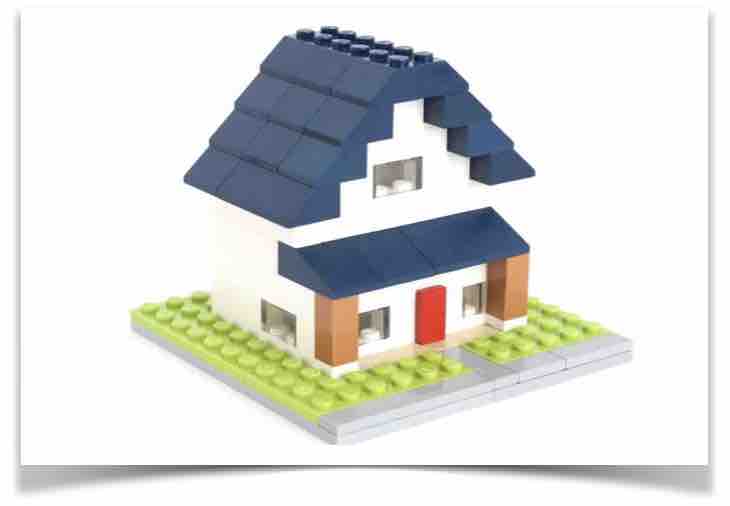While working with clients, I’ve seen so many different challenges with estimation – very similar challenges across industrials and across culture.
While collaborating with various clients, I’ve seen a multitude of challenges associated with estimation, experienced by almost everybody – namely, ScrumMasters, Product Owners, project managers, agile delivery leads, managers at different levels and of course, developers. And interestingly, these challenges transcend industries and cultures (as of today, I have had the privilege serving individuals and corporate clients from 80 countries).
Let’s delve into the topic of estimation, which has been a chronical headache for many. I aim to share some tips to help first reduce and hopefully eliminate the headache for good at some points.
First, let’s establish some alignment.
Why do we estimate?
Estimation serves the purpose of gaining a rough understanding of the amount of work. This information may aid in prioritization, planning, and navigating uncertainties and potential risks.
How do we perceive estimation?
In our foundational Scrum workshops, we start to build the right understanding about Agile but discussing Agile Lenses. Through these lenses, we view estimation as an activity that should be ideally minimized, with the ultimate goal of entire elimination – termed as a Non-Value Added activity in Lean methodology.

Having clarified the purpose and ideal perception of estimation, let’s shift our thinking.
Often, we find ourselves attempting to predict the future, investing time and energy in discussions to agree on an accurate number of hours or days. However, this tedious effort always turns out to be inaccurate, leading to a situation of “being accurately wrong” at a considerable cost. Many people put much time into this predication work. Instead of striving for accuracy, imagine I we shift our thinking to just being good enough, just to be approximate right…
Often, we find ourselves attempting to predict the future, investing time and energy in discussions to agree on an accurate number of hours or days. However, this tedious effort always turns out to be inaccurate, leading to a situation of “being accurately wrong” at a considerable cost. Many people put much time into this predication work. Instead of striving for accuracy, imagine I we shift our thinking to just being good enough, just to be approximate right…
Absolute numbers tend to spark intense debates, while comparative discussions often lead to quicker consent and even consensus. In situations where estimation is deemed to be truly necessary, start to use relative comparison if not yet.
What do we estimate about?
Before we dive into this alignment, let’s start with a relatively relaxing scenario – building Lego houses.
- If I ask, “How long would it take for you to build this Lego house?”
- I am confident that your answer, my answer, and the next door senior grandparents’ answer would differ.
- If I ask, “How difficult is it for you to build this Lego house?”

As you can imagine, the answers can vary again among you, me and the next door senior grandparents’ answer, because we all have different level of competence, and our speed in building can vary rather significantly.
Now, let’s introduce a second photo of a Lego house and let’s look at the same set of questions.
As you can imagine, the answers can vary again among you, me and the next door senior grandparents’ answer, because we all have different level of competence, and our speed in building can vary rather significantly.
Now, let’s introduce a second photo of a Lego house and let’s look at the same set of questions.

“How long would it take for you to build this Lego house?”
“How difficult is it for you to build this Lego house?”
The answers can vary once again.
And we can sit here, discuss, discuss and discuss…
We will most likely still disagree with each other, and even somehow we managed to reach agreements – that’s because we are tired of this discussion?
Now let’s experiment with a different question.
“What’s the relationship in terms of the total work required between building these two houses?”
Let me first share my thoughts with you, and see whether you and the seniors next door would agree. “I feel that the smaller house entails much less work, and roughly, approximately, the larger house possibly leads to 3 times more work compared to the smaller one.”
I’ve tested this concept in my public CSM workshops, where participants have concurred. I actually even checked with my 84-year old mom, and she also agreed, yes, it is about right, and she also named a few key elements she considered, such as the green ground, house size, roof, and other extras.
Hope you get some new insights from the lego houses! Have fun with estimation!
Hope you get some new insights from the lego houses! Have fun with estimation!
Write your awesome label here.
Join our community
Thank you!
We have supported practitioners from 80 countries, and have monthly free activities for our community members.
You can bring any topics to our activities, or just get ready to network.
You can bring any topics to our activities, or just get ready to network.

